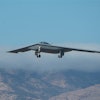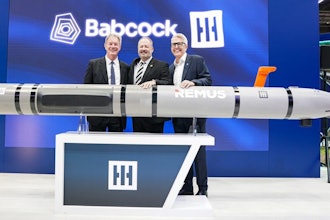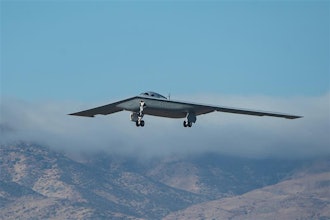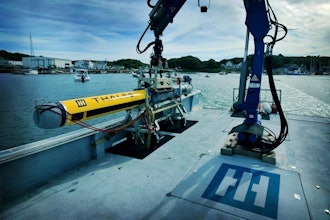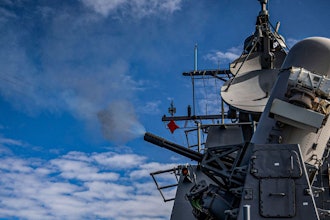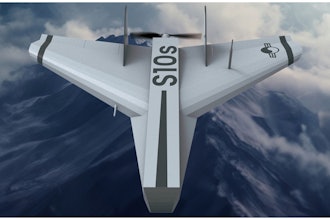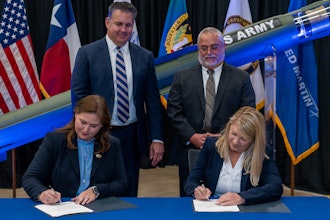
Raytheon, an RTX business, announced that its Lower Tier Air and Missile Defense Sensor, or LTAMDS, successfully completed another complex live-fire test, detecting and tracking a high-speed cruise missile and guiding a Patriot Advanced Capability-2 (PAC-2) Guidance Enhanced Missile-T (GEM-T) to defend against the surrogate threat. The milestone is the latest in a rigorous U.S. Army test program, advancing towards fielding the 360-degree, full-sector radar.
This was the latest in a series of LTAMDS live-fire events highlighting the capabilities of the advanced 360-degree radar and its integration with the Army's Integrated Air and Missile Defense architecture. The LTAMDS program is executing to an aggressive schedule, with multiple radars being utilized for simultaneous testing and integration at various Raytheon and USG test locations.
Tests have increased in complexity to stress the radar and prove its capabilities against real and representative threat sets. Throughout, LTAMDS has met complex objectives and showcased the performance of the radar. The program is expected to achieve Milestone C, the official transition from development to production, in second quarter of FY2025.
International interest in LTAMDS is strong, with more than a dozen countries requesting information and receiving briefings. In August 2024, Raytheon was awarded a U.S. Army contract valued at more than $2 billion to deliver radars for the U.S. and Poland. With this Foreign Military Sale, Poland is the first international customer to add LTAMDS to their air and missile defense architecture.



